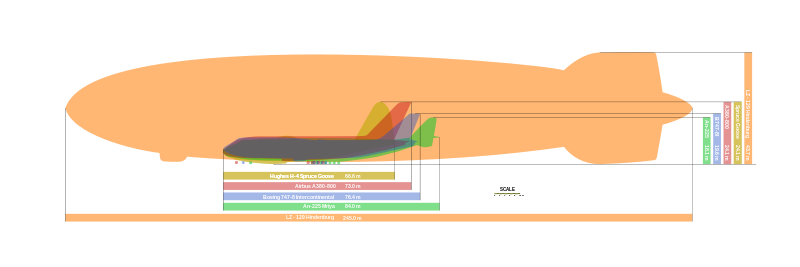"If we knew what it was we were doing, it would not be called research, would it? "
Albert Einstein

Airships—like teenagers—tend to be misunderstood. Damned if I know why I introduced teenagers into this piece. Sometimes this writing business leads one into unexpected directions.

Skip the next bit if you know about airships.
Traditionally, they break down into blimps and dirigibles. A blimp is a sort of giant sealed condom filled with lighter than air helium gas. It keeps its shape because the gas is at overpressure. It has no (or minimal) internal structure. The Goodyear airship/blimp is probably the best known example.
A dirigible is a giant sealed condom with an internal frame. The frame increases the weight, but allows a tail, engines and other bits and pieces to be tacked on. Zepelins were dirigibles. The type is innately more maneuverable.
Hybrid airships combine the characteristics of heavier than air and lighter than air aircraft. Specifically, the shape of a hybrid airship provides part of the lift—the helium provides the other. In short, the airship itself is a sort of flying wing.

The Aeroscraft (see photo) is a fully rigid airship. It can fly at 115 mph, carry large loads of cargo over long distances and move vertically with the precision of a helicopter. It is a hybrid, combining the old characteristics of the lighter-than-air airship made famous through Zeppelin, and also through Goodyear. It combines a helium balloon that can generate lift through its buoyancy at zero or slow speed, plus, for a speed up to 110 Kts., extra lift from two sets of wing-like control surfaces, which are mounted fore and aft, while two large rudders push up vertically from the tail end.
The ship prototype is 266 ft long and 97 ft wide. It is much smaller than the last Zeppelin LZ129 (1935), which was over 800 ft long, 160 ft in diameter and flew at max. 85 Kts with 4,400HP of diesel power. The final design is expected to be more than 400 feet (121m) long and be able to lift a cargo weight of 66 tons. Its large bag structures under its hull are landing pads, a type of inflated hovercraft skirt that allow the airship to rest on the ground – or water, or ice – without wheels. Quite an innovative design.
The engineers at Aeroscraft have solved the problem of variable buoyancy when you load or unload the cargo, by taking a lesson from submarine technology. The Aeroscraft airship can compress a certain amount of its lifting gas and put it into fabric tanks, under pressure. The density of the compressed gas is higher so that it is no longer lighter than air, and therefore this airship, unlike any of its predecessors, can change its buoyancy. The company calls this system COSH, an acronym for “Control of Static Heaviness.”
No comments:
Post a Comment